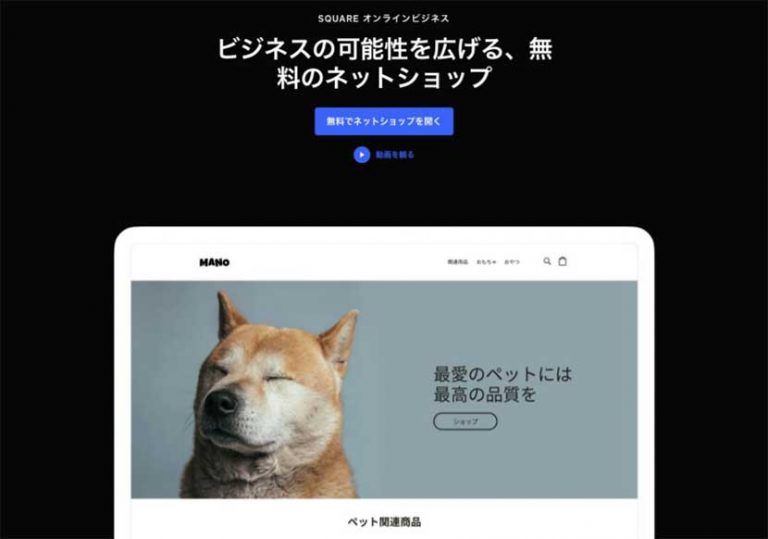There are drastic cultural differences, seemingly peculiar customer habits and needs, and potentially substantial investment needed to understand the Japanese market. Btrax gathered 4 leading localization experts to explore the fundamentals of localization in Japan.
Last year, Square successfully launched two e-commerce products in Japan:
- Square Online Checkout: Allows a business to create a payment link to a product/service in a text message or QR code without building an eCommerce website.
- Square Online: Allows a business to create a professional website to showcase your business online, sell your items, share blog-style stories, and accept payments with Square.
The Pandemic in Japan
In the midst of an unavoidable postponing of the 2020 Tokyo Olympics, COVID-19 drove the world’s third-largest economy, Japan, into a recession for the first time in 4-1/2 years.
Despite the chaos, Japan has silently transformed itself while maintaining social stability and high quality of life. Japan’s economy rebounded sharply in the last three months of 2020, extending its recovery from the coronavirus’ devastating impact in the first half of the year.
So What Did Square Do to Succeed?
Conducted Research from the Other Side of the World
Don’t assume, talk to real people
Utilizing online tools, localization agencies, or in person, conduct real interviews with real customers and create local case studies. Square was able to get creative with digital tools via online interviews, surveys, shadowing, etc. to ensure a successful product-market fit. He and his team also asked the right questions and solved the right problems by working with local teams, partners, and agencies in Japan.

Launched with a Virtual Press Conference
One of the largest contributions to Square’s product launch success was hosting a virtual press roundtable. With over 24 reporters tuning in and over 10 press articles subsequently written, Square saw a huge spike in web traffic and sign-ups the next day.
Virtual press conferences have raised the standards for accessibility and interactions, and are here to stay. The international accessibility, affordability, and time-saving aspect of virtual events will continue to play a critical role in the future of successful international product launches.
Here are a few tips when launching your virtual press conference.
- Offer simultaneous live translations
- Do live Q&A via chat
- Japanese reporters would rather hear from the decision-makers of the team or company, even if they are not Japanese
- A combination of virtual and live press conferences will be more common moving forward
Bonus Insights
1. Use real Japanese people for an accurate representation
- Did you know the main lead of MEMOIRS OF GEISHA was not Japanese? Many Japanese could tell when they saw the movie. It has been a hot-button topic in the U.S. and we just wanted to share that it can also be taken as a sign of disrespect for the Japanese culture. One tip is if you do not have the budget to use the appropriate models, replace them with puppies.

2. Understand the locals through social media like YouTube, TikTok, Instagram, etc.
- Usage of social media is strikingly different from Japan to the US. For example, the heavy presence of Twitter in Japan vs the everyday usage of Facebook in the US. Placing your app location in Japan or creating a Japanese account will reveal more insights into local preferences than a Google search could ever do.
3. Translation is not localization.
- Comb through your marketing and product assets to ensure localization in the details. Go do the extra mile to ensure the details align!
- Eugene shared a real example of a loading error page which translated the word “Oops!” from English to Japanese. His team had used 「えー!」(Eeeeh!) which may be inappropriate for a business setting, while「おっと!」 (Oops!) conveys a mistake in a more formal setting.




















